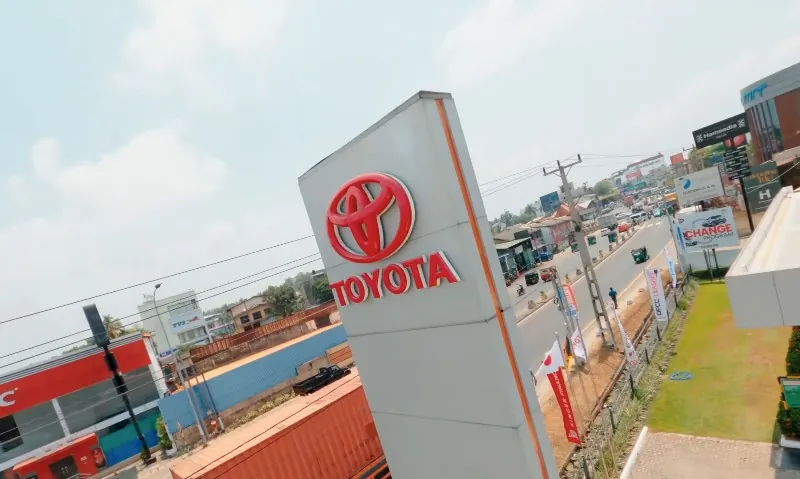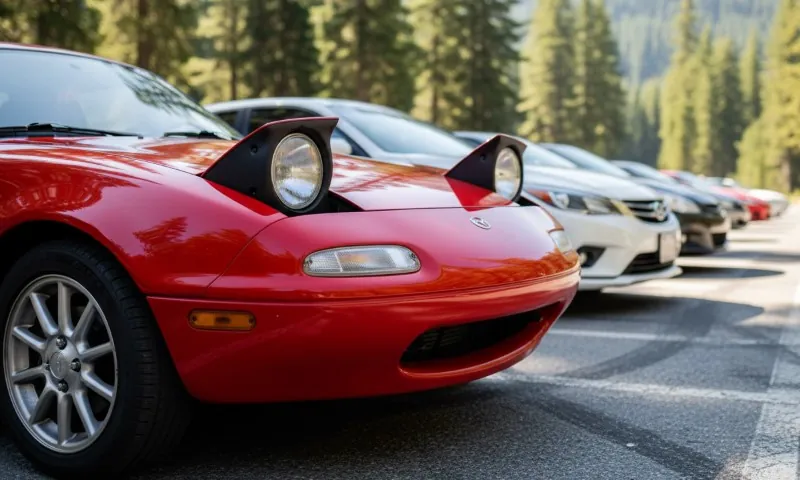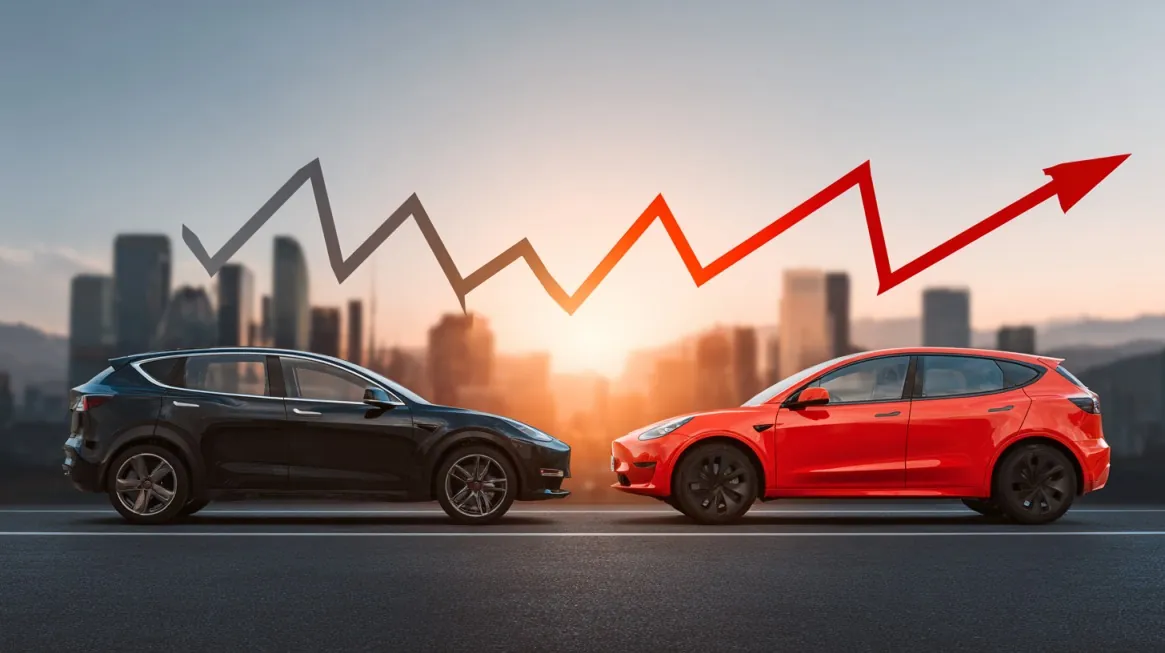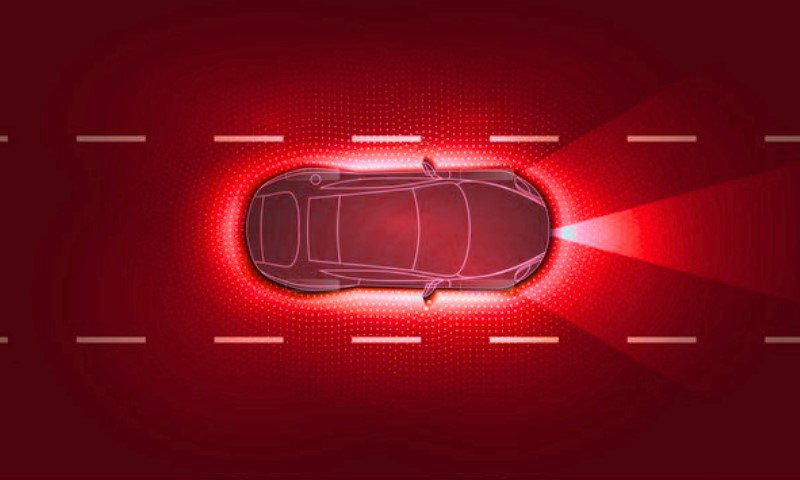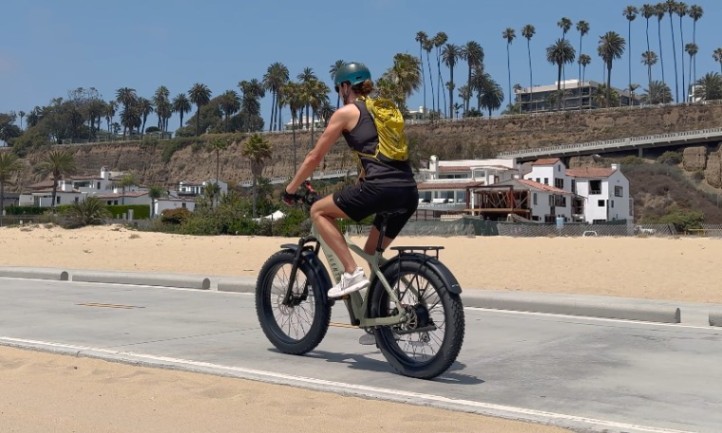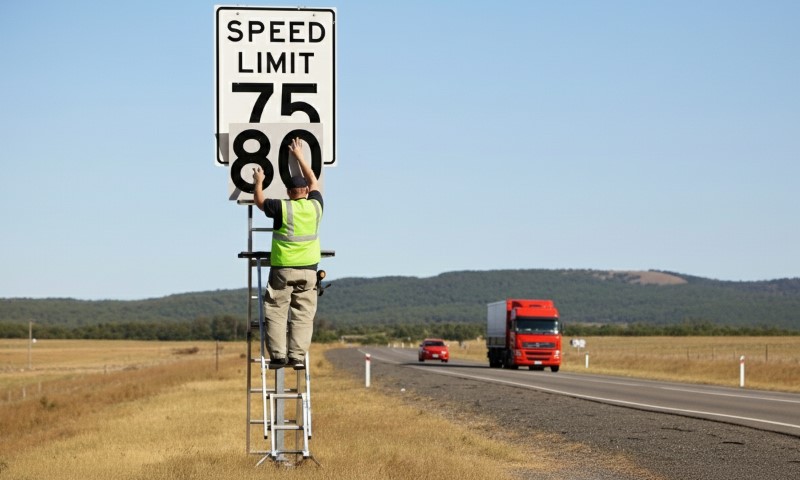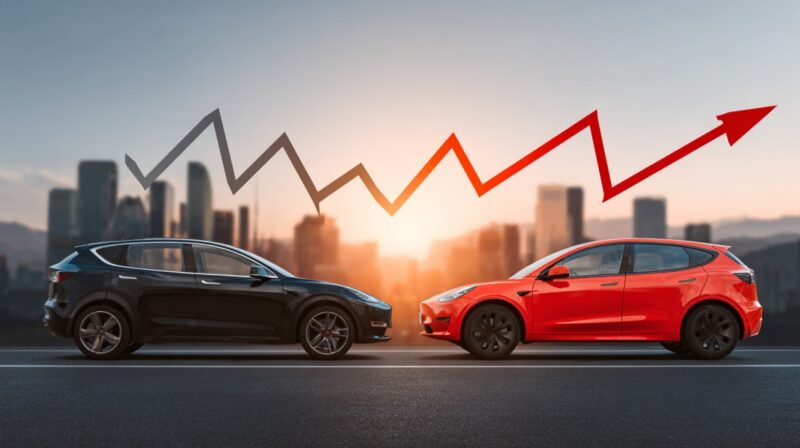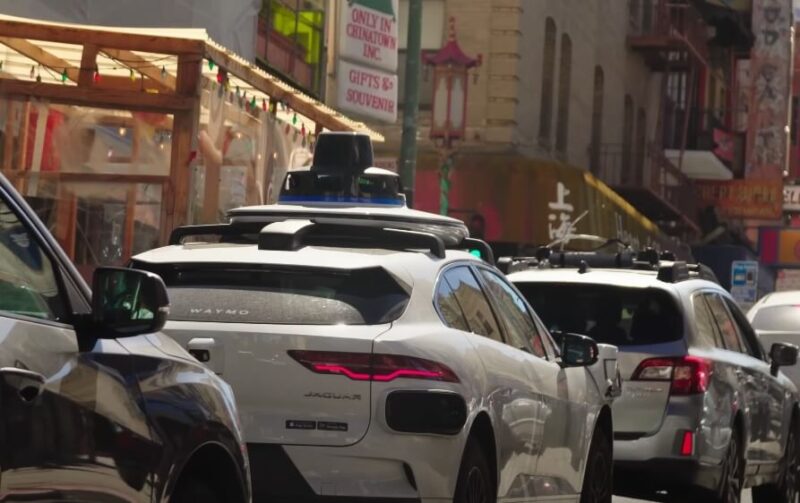
Share Post:
Self-driving cars used to feel like science fiction. Now they’re on public streets—from downtown Phoenix to the freeways of California—quietly navigating the world with no one behind the wheel.
But as advanced as they are, they’re still not perfect. Crashes happen. And when they do, everything—from who’s responsible to how the law steps in—gets a lot more complicated than your typical fender bender.
So what actually happens when an autonomous vehicle is involved in a crash? It turns out, there’s a whole process behind the scenes—one that blends emergency response, legal investigation, cutting-edge technology, and a fast-evolving web of laws.
Let’s see how it all works and what it means for passengers, pedestrians, manufacturers, and regulators alike.
Table of Contents
ToggleKey Takeaways
- Crashes involving AVs are still rare—but rising as the technology spreads.
- Responsibility depends heavily on the level of automation.
- Data is king. Vehicles are constantly recording, which plays a huge role in investigations.
- Laws are still catching up. There’s no single answer yet, especially across state lines.
- Insurance is in flux. As more Level 4 and 5 vehicles hit the road, policies will need to adapt.
First Things First – The Immediate Aftermath
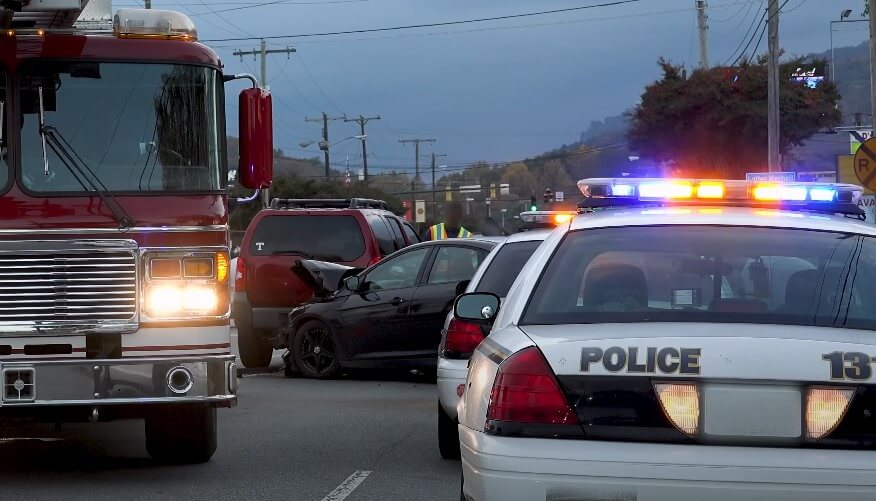
A crash is a crash, whether it’s caused by a distracted teenager or a self-driving computer. The first few minutes after the incident are crucial, especially for safety and accountability.
What to Do at the Scene
If you’re involved in a crash with an autonomous vehicle—whether as a passenger, another driver, or a pedestrian—here’s what typically happens:
- Check for injuries. That doesn’t change. People come first.
- Call emergency services. Even if the vehicle is “driverless,” you’ll still need human help on the scene. Most jurisdictions require you to report crashes involving injuries, significant damage, or blocked traffic.
- Exchange information. If the AV belongs to a fleet (like Waymo or Cruise), you’ll need contact info for the company operating it.
- Document everything. Photos of the scene, vehicles, damage, signage, and road conditions help insurance and investigators later.
- Don’t move the car if it’s unsafe. And if you’re riding in an autonomous taxi, it may stay put until help arrives.
Waymo, for instance, has a crash protocol where the vehicle communicates through in-car displays and exterior speakers. Riders are asked to stay buckled and call support via the screen or app. It’s a surreal moment, but the process is highly coordinated.
If you’re in Colorado, consulting a Denver car accident lawyer can help you navigate the legal troubles following such an incident.
How Investigators Reconstruct a Crash
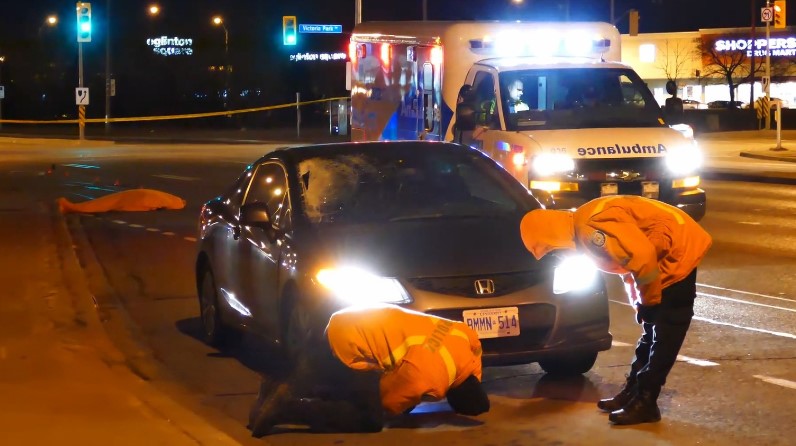
Investigating a self-driving car crash isn’t just about witness statements and dent measurements. It’s a tech-heavy process that hinges on digital evidence collected by the car itself.
Event Data Recorders (EDRs)
Think of the EDR as the car’s version of an airplane’s black box. It captures second-by-second data on:
- Vehicle speed
- Braking and steering actions
- Sensor input (such as detected obstacles)
- AI system decisions and responses
Reconstructing the Moment
Crash reconstruction teams combine EDR logs with on-the-ground evidence to figure out exactly what happened. They examine:
- Whether the ADS reacted appropriately. Did it detect a jaywalking pedestrian? Was there enough time to brake?
- What the human operator was doing. In semi-autonomous cars, the driver may still bear responsibility. Uber’s 2018 fatal crash in Tempe, Arizona is a stark example—where the safety operator was watching her phone at the time of impact.
- External conditions. Lighting, road signage, weather, and behavior of other road users are all factored in.
One key tool in this process is the camera footage. Vehicles like those from Tesla, Waymo, and GM’s Cruise often come equipped with multiple wide-angle cameras, which provide valuable angles from all around the vehicle.
The Government’s Role
According to NHTSA, since 2021, they have required manufacturers to report any crashes involving Level 2 or higher autonomous systems under its Standing General Order.
These reports include details on what mode the vehicle was in, whether it disengaged, and if any injuries occurred.
The goal? Build a nationwide database to assess real-world performance and spot patterns that could indicate bigger problems.
Who’s at Fault?
Now for the million-dollar question—who’s liable? The answer depends on what kind of self-driving technology is involved. And right now, there’s no single rulebook.
Automation Levels and Responsibility
The Society of Automotive Engineers (SAE) defines six levels of automation:
| SAE Level | Description | Who’s Liable? |
| Level 0 | No automation. Human drives everything. | Driver |
| Level 1 | Basic driver assistance (e.g., lane-keep assist) | Driver, possibly manufacturer for defects |
| Level 2 | Partial automation (steering & acceleration) | Driver must stay engaged |
| Level 3 | Conditional automation in certain scenarios | Manufacturer if system fails in expected conditions |
| Level 4 | High automation; no human input in defined areas | Manufacturer or software provider |
| Level 5 | Fully autonomous, no steering wheel | Manufacturer/operator |
Most self-driving cars on the road today are Level 2 or Level 3, with a human still expected to take over when needed. But robo-taxis like Waymo and Cruise operate at Level 4 in geofenced areas.
Real-World Liability Scenarios
- If the driver failed to take over: In Tesla’s Autopilot cases, drivers were found at fault for not responding to warnings or misusing the system.
- If the software failed: In Arizona’s Uber case, the vehicle’s software didn’t classify the pedestrian properly—an apparent failure of object detection. That’s on the tech, not the rider.
- If maintenance was ignored: If an owner skipped software updates or failed to calibrate sensors, they could be partly responsible.
- If another human caused the crash: For example, if a speeding human driver hits a legally parked robotaxi, fault likely falls on the human.
But things aren’t always so clear. Imagine a Level 4 car fails to detect a road hazard and a pedestrian jaywalks. Who’s more at fault? That’s where lawyers and courts get involved.
How Courts Handle AV Crashes
Here’s where it gets sticky. As of mid-2025, there’s still no comprehensive federal law covering how autonomous vehicles should be regulated nationwide. Instead, a patchwork of state laws is trying to keep up.
What the Laws Say
- Federal Level: The NHTSA oversees vehicle safety and mandates crash reporting but hasn’t created a binding federal framework for AV operations.
- State Level: According to the National Conference of State Legislatures, 29 states have passed AV-specific laws. Another 10 have executive orders in place.
- Testing Rules Vary: California requires safety driver permits and crash disclosure. Arizona is more relaxed, which is why many AV companies test there.
That fragmented landscape means every case is different. Legal arguments may revolve around product liability (if the car’s software or hardware failed) or negligence (if a human driver or safety operator messed up).
Product Liability and Lawsuits
According to Voice of America, in April 2024, Tesla settled a lawsuit brought by the family of Walter Huang, an Apple engineer who died in a 2018 crash in Mountain View, California.
Huang’s Tesla Model X was operating in Autopilot mode when it veered into a highway barrier.
The lawsuit alleged that the Autopilot system failed to detect the barrier due to a design defect in the driver assistance system.
Tesla denied liability but chose to settle the case to avoid prolonged litigation.
Manufacturers can be held liable if:
- The ADS failed to detect an obvious hazard
- Sensors were defective
- The vehicle’s AI made unsafe decisions in standard road conditions
Insurance Implications
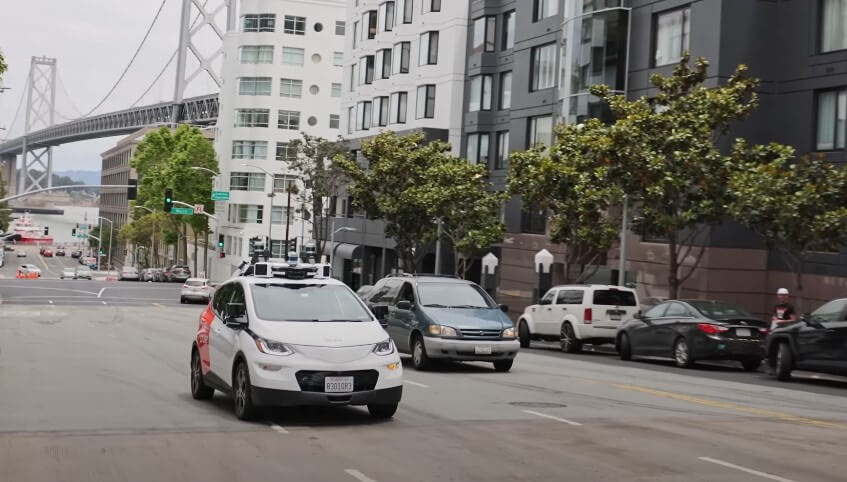
For now, traditional car insurance still covers autonomous vehicle crashes. But things are changing:
- Fleet operators often self-insure. Companies like Cruise or Waymo handle their own liability coverage, shielding individual passengers.
- Personal insurance may shift. If AVs become more common, insurers may switch to product-based policies—similar to how you insure a home appliance.
- Premiums will evolve. Safer AV systems could reduce accident risk and, over time, lower premiums. But early adopters may still face higher costs.
Final Thoughts
Self-driving cars promise a future with fewer crashes, smoother traffic, and better mobility for people who can’t drive. But that future comes with new questions. When an algorithm is behind the wheel, how do we assign blame? Who pays for the damage? What does accountability look like in a world where your “driver” is made of code?
The answers aren’t settled yet. But what’s clear is that the conversation around AV crashes isn’t just about technology—it’s about trust, responsibility, and how we reshape long-standing legal frameworks for a very different kind of driver.
And as the road continues to evolve, so will the rules.
Related Posts:
- What Happens When Your Car Is Totaled but Still Drivable
- What Happens If You Put the Wrong Fuel in Your Car?
- 2025 Crash Statistics: Which Car Models Get Hit the Least?
- Crash Safety Showdown: Electric Vehicles vs.…
- 8 Safest Family Cars of 2025 – Crash Tests, Features…
- Passenger Rights After a Lyft or Uber Driver Caused a Crash



